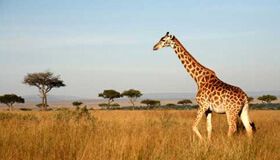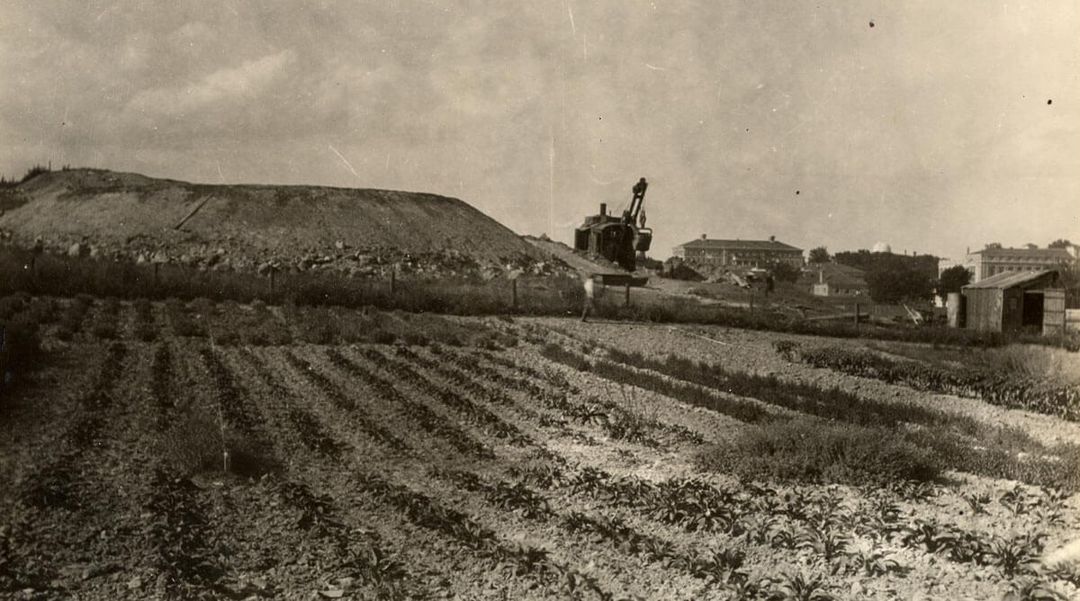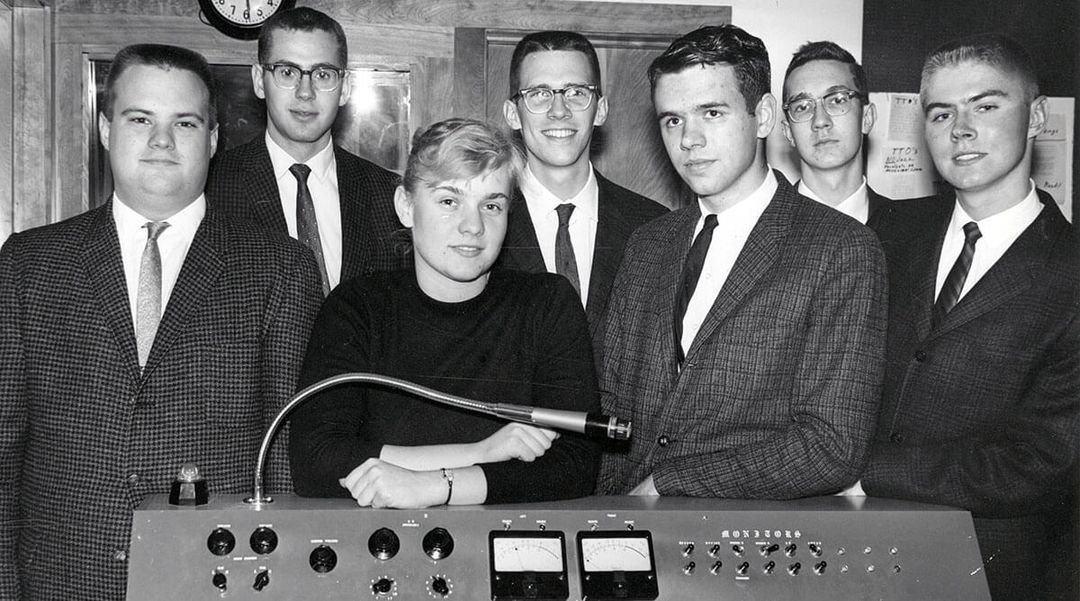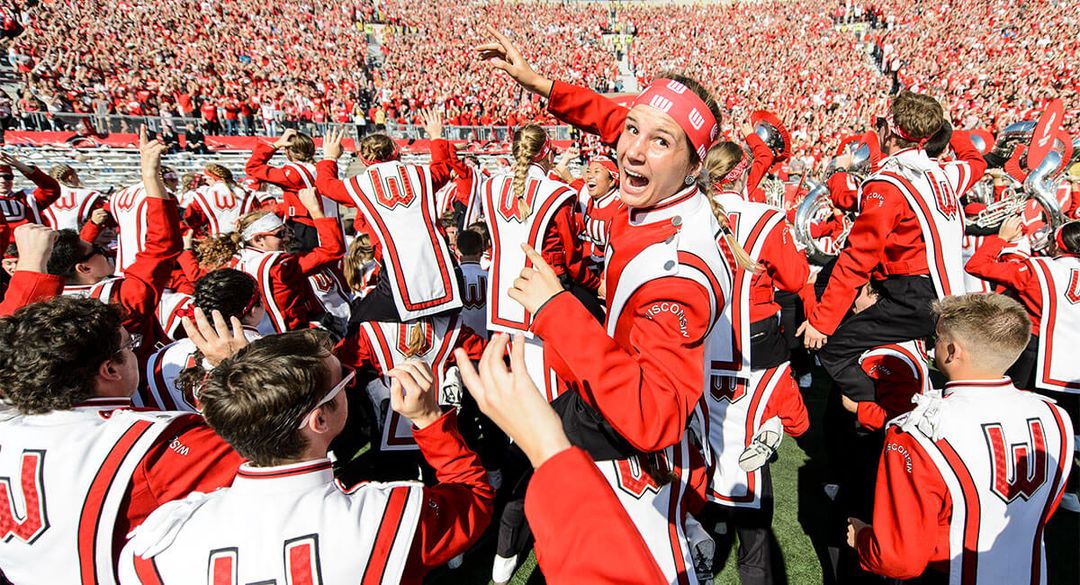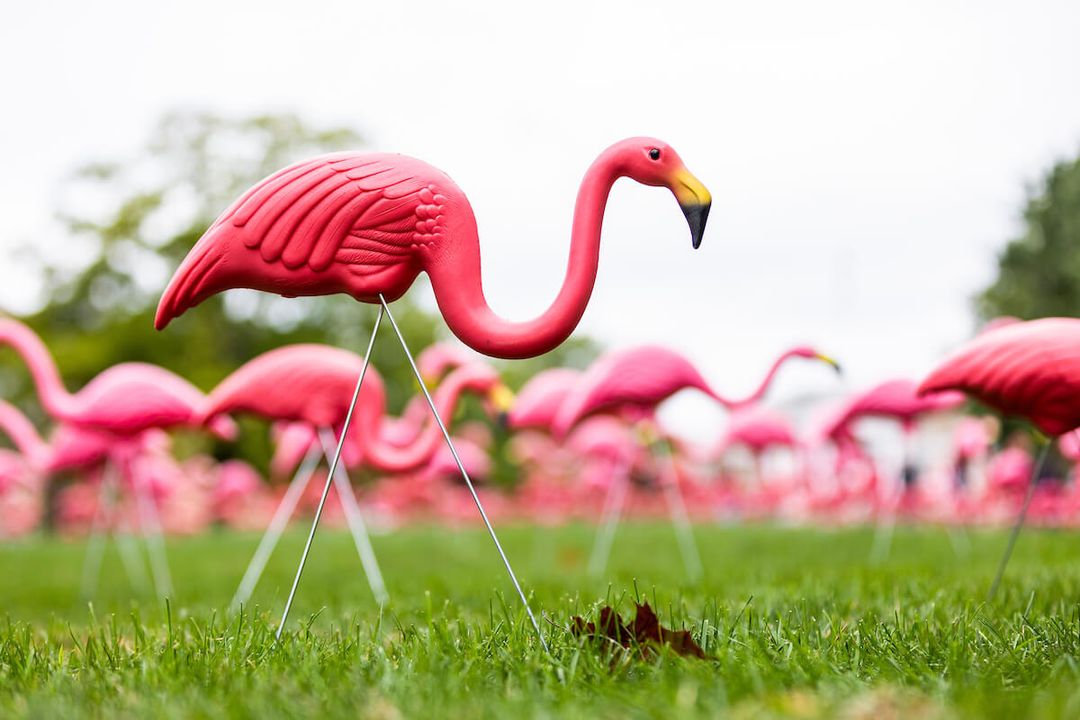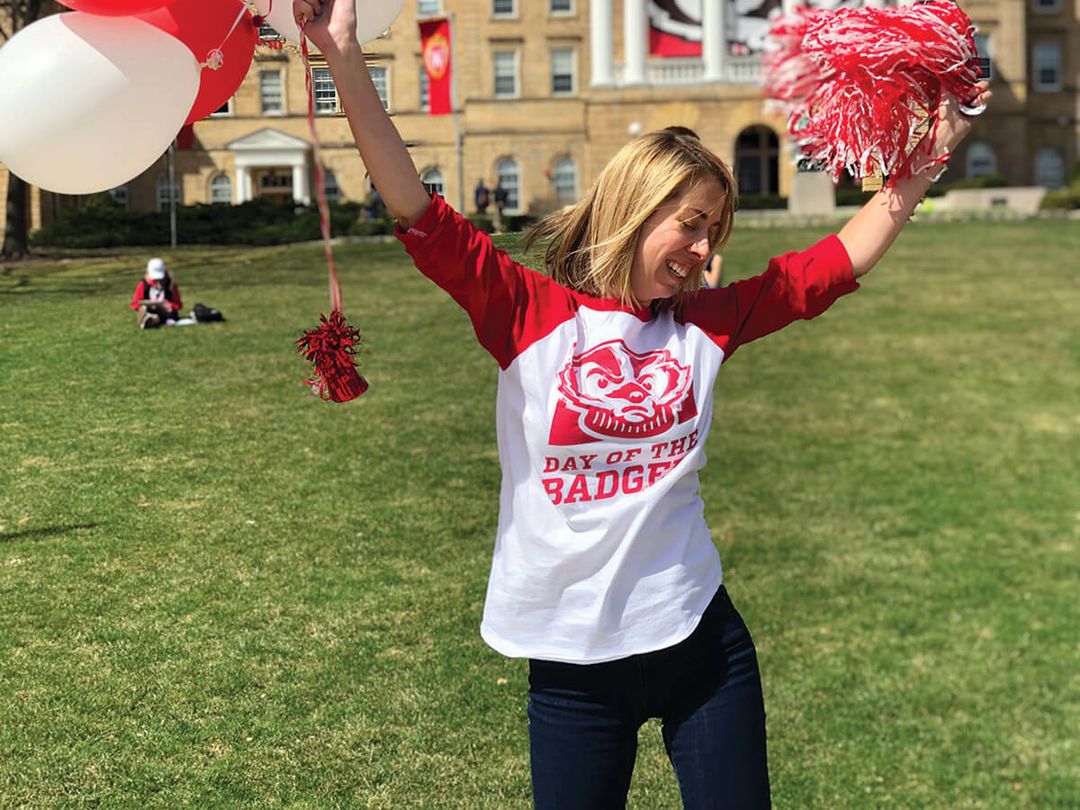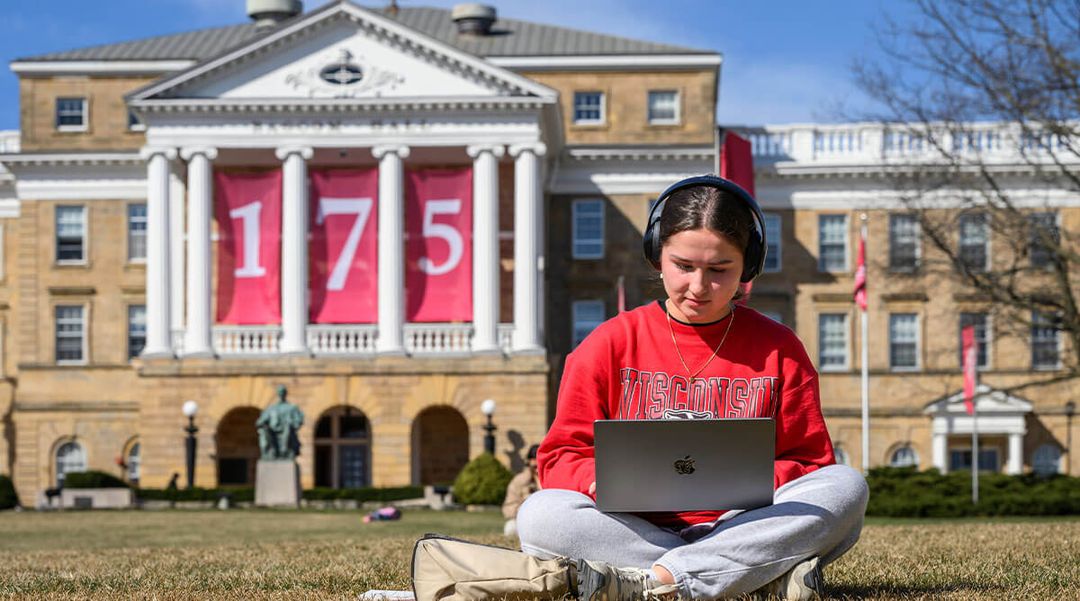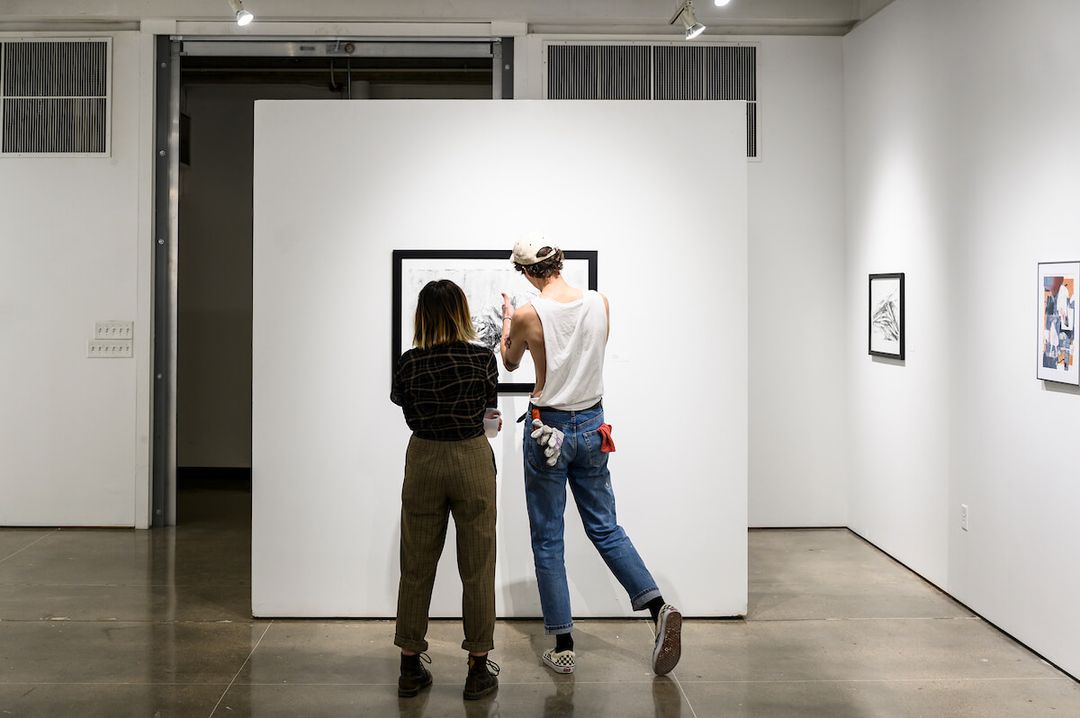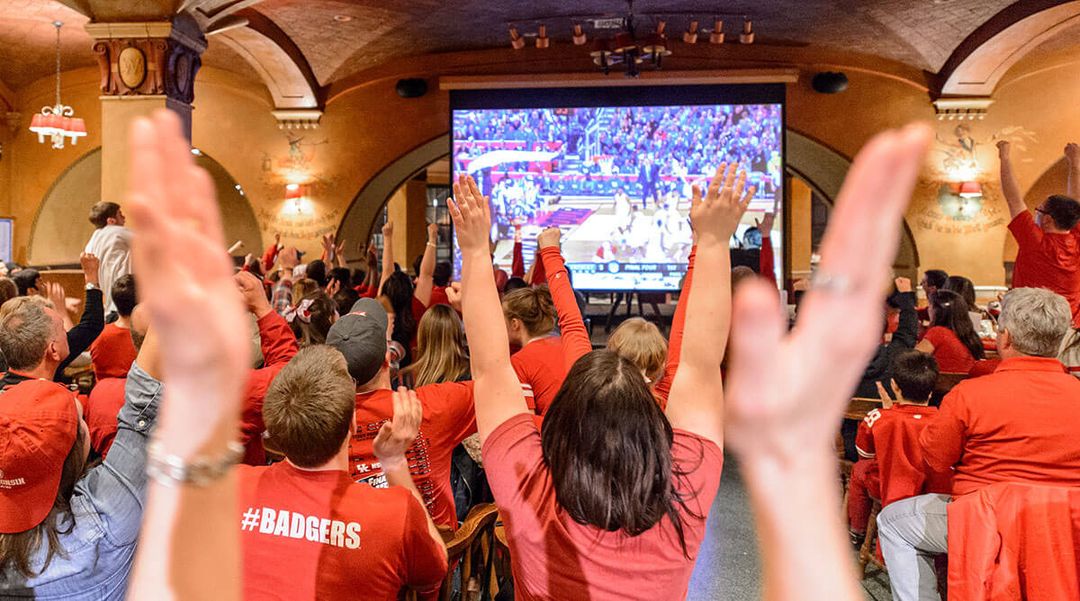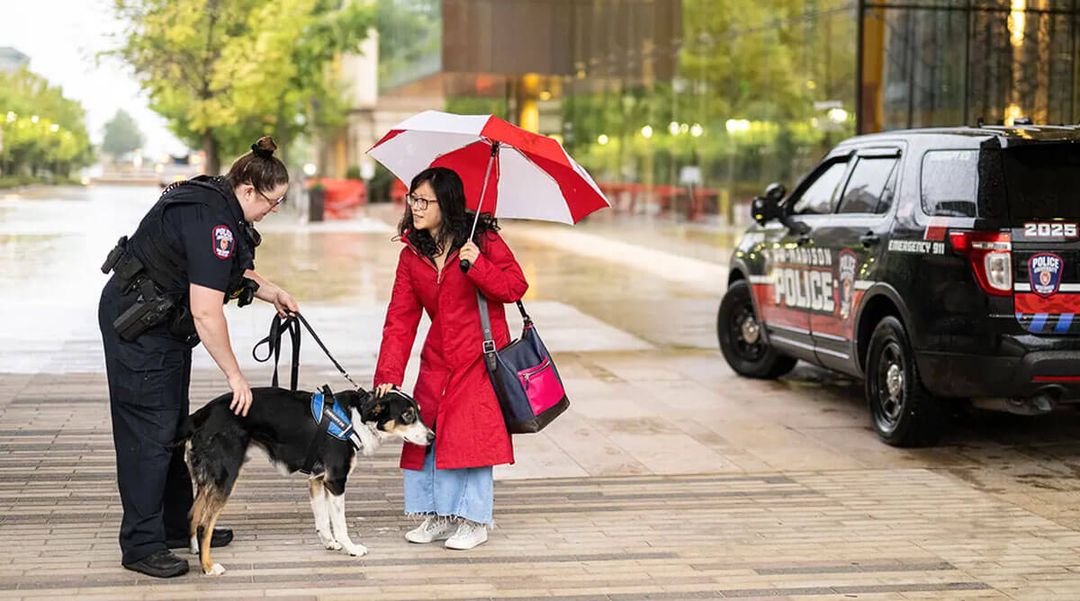Travel guidebooks are fine at providing the basics: who, what, when, where, why. What they lack is the “wow!” of a personal anecdote or special insight. That’s why we’ve invited these three esteemed UW-Madison faculty members to join their fellow Badgers on tours of Russia, Italy and Africa this year.

David McDonald, Professor of History
Curriculum vitae: Now in his 26th year on the faculty at UW-Madison. Area of expertise: History of the Russian Empire before 1917.
WAA Tour Guide: McDonald will bring history alive as travelers cruise the waterways of Russia, stopping at all the can’t-miss spots: Red Square and the Kremlin in Moscow; the vast, inland river route from Moscow to St. Petersburg; the Hermitage; war memorials and suburban palaces.
1. How did you first become interested in Russian history? What kept you hooked?
I had an excellent Russian language teacher during my high school years in Saskatchewan, Canada. I got to study in what we then called Leningrad in 1975, as part of an American study-abroad program. The contrast between what I saw there, and what my university courses had led me to expect, raised irresistible questions about how the Soviet Union worked — or not. My search for answers in graduate school at the University of Toronto and Columbia University led me to understand that the root answers to my questions lay in the imperial period.
2. What one great book do you recommend for the plane?
When I travel, I often choose series of novels — Patrick O’Brian’s “Master and Commander” series or Alan Furst’s interwar books, for instance.
Those interested in Russian books could do much worse than reading “Anna Karenina,” much of which is set in St. Petersburg; Dostoevskii’s “Crime and Punishment” or, for the more adventurous, Andrei Belyi’s “St. Petersburg” or Mikhail Bulgakov’s “Master and Margarita.” Those with a taste for mysteries might try B. Akunin’s crime novels set in 19th-century Russia.
3. Are there any destinations left on your travel bucket list?
Australia and New Zealand, Prague, Spain, Brazil.

Barney Easterday MS’58, PhD’61, Dean and Professor Emeritus, School of Veterinary Medicine
Curriculum vitae: Spent 33 years at UW-Madison, including six years as department chair and 15 years as dean. Earned the UW’s Global Health Institute Award in January to conduct a pilot study on animal-human health hygiene at the secondary education level in Kenya. Areas of expertise include veterinary medicine; infectious diseases, especially those transmitted between animals and humans; and influenza infections of animals, birds and humans.
WAA Tour Guide: Easterday will provide fellow WAA travelers with personal perspectives on the people, culture, history and animals in East Africa in October 2014.
1. What are some of your favorite things to see or do in East Africa?
There are many sights, such as Mt. Kilimanjaro, Ngorongoro, the Rift Valley; the vast array of animal and bird life; and the people in their home and school settings.
I always tell my fellow travelers to East Africa that if all they can talk about when they return home is the wildlife, then I didn’t do my job.
2. What is your favorite thing to eat when you’re in Africa?
The wonderful breakfast after an early-morning game drive.
3. What’s the one thing you can’t live without when you travel?
Camera, with spare batteries!

Chris Kleinhenz, Professor Emeritus, French and Italian
Curriculum vitae: On the faculty of UW-Madison for 39 years. Area of expertise: Medieval Italian literature and culture.
WAA Tour Guide: In October, Kleinhenz will host travelers on an enchanting tour of Italian life and culture in Tuscany.
1. How did you become interested in Italian culture? What kept you hooked?
I was always interested in the country, perhaps because my mother would listen to the Saturday broadcasts of the Metropolitan Opera. As a comparative literature major, I was advised to take more languages, and so I took Italian, and something clicked. I was also taking a course on Dante’s “Divine Comedy” (in English), and together the two courses — language and literature — reinforced each other and firmed up my interest in Italian and the medieval period.
After my undergraduate degree, I received a Fulbright fellowship to teach and do research in a medium-sized town outside Naples. And once you have lived in Italy, you always want to return because of all the wonders there: history, art, literature, music, food and scenery. My wife and I have never tired of going there, and I feel fortunate that my career allowed us to do that.
2. What are some of your can’t-miss highlights in Italy?
Italy is a virtually inexhaustible source of inspiration and cultural sustenance. If I had to list my favorite places, they would be the cities where I have spent the most time: Rome, Florence, Bologna to start … and many more places to which I always like to return: Assisi, Perugia, Gubbio, Siena, San Gimignano, Amalfi, Palermo, Lucca, Cortona, Verona, Venice …
3. What is your favorite thing to eat when you’re in Italy?
Our entire family spent a year in Bologna. I grew very fond of Bolognese cuisine, and my time in Rome gave me a great appreciation of Roman cuisine. My favorite pasta dishes are (in no particular order): lasagne verdi al forno, tagliatelle alla bolognese, pappardelle al cinghiale, risotto ai funghi porcini or alla milanese, tortellini in brodo or alla panna, paglia e fieno, bucatini all’amatriciana, spaghetti alla carbonara, tonnarelli cacio e pepe.
My favorite meat and seafood dishes (again in no particular order): cotoletta alla bolognese, cotoletta alla milanese, vitello al Marsala, fritto misto di mare (gambaretti e calamaretti), swordfish steak, saltimbocca alla romana, petto di pollo alla bolognese, scaloppine di vitella alla boscaiola, etc.
Favorite antipasti (hors d’oeuvres): prosciutto con melone, fiori di zucca fritti, carciofo alla giudea or alla romana, insalata caprese.
Desserts are a special weakness: gelato in all its wonderful flavors, torta Saint Honoré, zuppa inglese, crème caramel, panna cotta, fragole al limone, macedonia di frutta, torta della nonna, tiramisu.
Finally, a good pecorino cheese and mozzarella di bufala are most satisfying.
